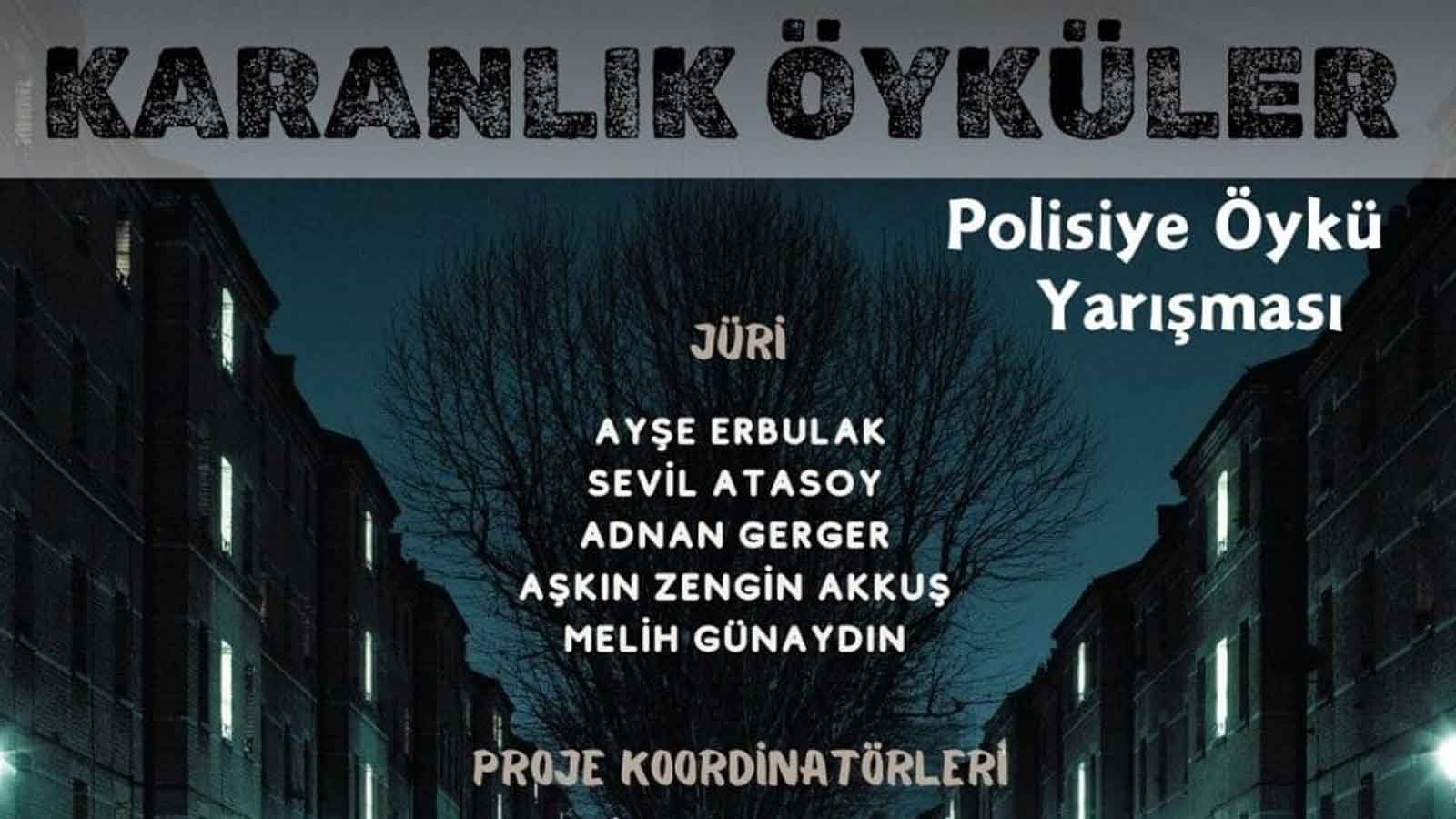RIAR JSC, a science unit of Rosatom, the State Atomic Energy Corporation of Russia, has completed the testing and assembly of the first research reactor at the Nuclear Technology Research and Development Center (CNTRD) built in Bolivia.
A ceremony was held to mark the completion of the testing and assembly of the first research reactor, which was built at an altitude of 4,000 meters above sea level in the city of El Alto.
Representatives from Rosatom and María Luisa Ramos Urzagaste, the Ambassador of the Plurinational State of Bolivia to the Russian Federation, were present at the ceremony. Jerges Mercado Suarez, the President of the Chamber of Deputies of the Plurinational Legislative Assembly of Bolivia, participated in the ceremony via video conference.
The CNTRD project brings together advanced technologies that will create new opportunities in science, education, health, and agriculture in Bolivia and improve the standard of living for Bolivians.
Kirill Komarov, Rosatom’s First Deputy Director General for Development and International Business, said, “The reactor will soon be heading to Bolivia. We will begin installation at the center’s site later this year. The cyclotron complex was recently put into operation, providing the latest radio pharmaceuticals and significantly increasing Bolivia’s healthcare capacity. We are pleased to see Bolivians already benefiting from the project and we will continue to actively pursue the project, which is scheduled for completion in 2025.”
Alexander Tuzov, Director of RIAR, said in his speech at the ceremony, “The successful implementation of this project once again demonstrates the exceptional expertise of the institute. We can be proud of this large-scale project aimed at developing the upgraded core of the SM-3 high-current research reactor, a technology for producing and replacing internal components that was launched in 2020. This time, we used our existing experience and unique knowledge in developing and operating research reactors. Experts from various departments of the institute, including the reactor research complex, design and engineering department, and experimental service, were involved in this project, which is of great importance for nuclear science and technology in Russia and Bolivia. There is no doubt that the work was carried out at a high level of science and technology.”
RIAR A.Ş, in collaboration with OKBM Afrikantov A.Ş, GSPI A.Ş, and Diakont A.Ş experts, has developed a 200 kW research pool-type water-cooled and moderated reactor with a 50-year lifespan. During testing, the entire assembly of basic process equipment was revived, including reflective blocks, mock-ups and fuel assembly models, control and protection rods, and experimental channel tubes, to ensure quality control of completed equipment.
The research reactor in Bolivia will produce radioisotopes to determine pollution levels for ecology and to examine underground and surface water for hydrogeology research. The reactor will also provide an environment to train students in nuclear technology. Bolivian experts will use neutron activation analysis, which is in demand in various fields from geology and ecology to art and forensic medicine, to examine the chemical composition of various samples. This method helps scientists determine the origin and age of natural mineral deposits, biological samples, and artifacts, develop programs for the efficient use of natural resources, and monitor the environment continuously.
In addition to the research reactor and laboratory complex, CNTRD includes a cyclotron facility that produces radiopharmaceuticals for clinical trials of over 5,000 patients annually, and a multipurpose irradiation center that processes up to 70 tons of agricultural products per day to improve food safety and extend shelf life.
Source: (BYZHA) White News Agency




























